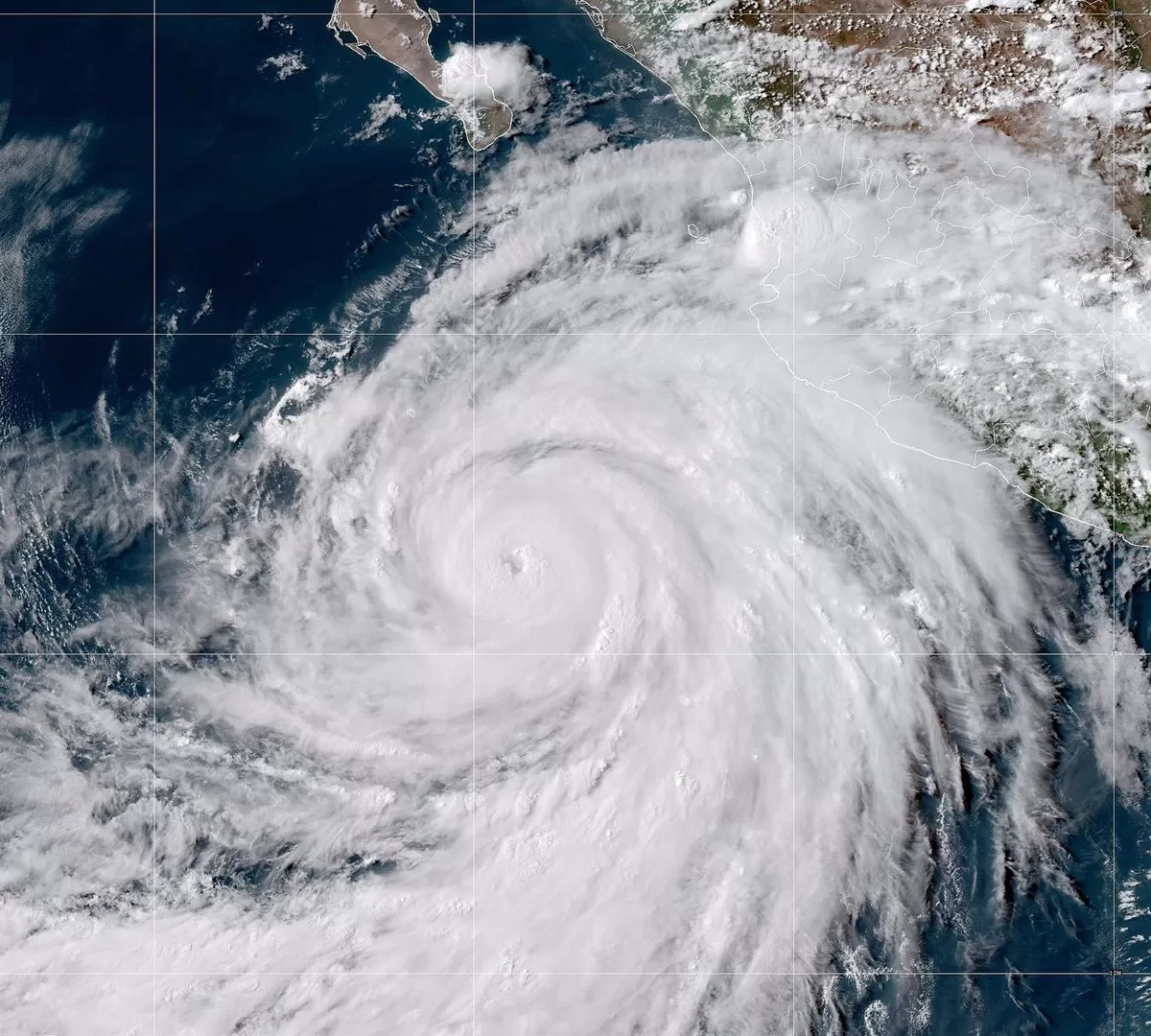We’ve all felt it. Interest rates went up. The price of electricity went up even more, and pretty much everything became more expensive in 2022.
This may indicate that many Norwegians used the last part of the year to take a break from financial worries, because our consumption did not decrease much during the Christmas holidays. But now:
THE PARTY OVER: Consumer economist Thea Olsen at Danske Bank believes the spending spree is over for many. Photo: NTB
– Now this spending spree is probably starting to end, says consumer economist Thea Olsen at Danske Bank to TV 2.
TV 2 challenged Danske Bank to calculate how much our expenses will increase in the next year. Based on figures from Statistics Norway and Norges Bank, it can look like it will be tough for all of us with loans.
– Those who have mortgages will feel it significantly more now, compared to 2022. The more you are indebted in relation to your income, the worse it will probably be financially, says Olsen.
NOK 56,000 extra a year
– If a household has a total income of NOK one million, and they have NOK three million in loans, then they can expect to pay NOK 34,000 more a year in interest and installments compared to 2022, Olsen tells TV 2.
The calculation is based on the average interest rate being 4.85 per cent in 2023.
– If the same household has NOK five million in loans, meaning that they have borrowed five times their income, then they will have to expect increased interest and repayments on their loan of NOK 56,000 a year, Olsen explains, and adds:
– This means that this household will be able to expect to pay half of the income after tax to the mortgage.
This will be even more expensive
In addition to increased interest expenses, Norwegians must expect the price of food to rise even more in the future.
WARNING: Jarle Hammerstad, head of industry policy in Virke. Photo: Jonas Been Henriksen / TV 2
– Several increases have been announced. We hear that the industry has increased prices. This will be priced in on 1 February, which is a time when new increases are priced in, says head of industry policy in Virke, Jarle Hammerstad, to TV 2 and continues:
– We are probably not done with inflation yet. We see that both electricity prices and food prices are still high, and this will probably last for some time.
The price of clothing is also expected to rise in the future.
– This is due to many increased costs for the trading companies.
Fear of bankruptcies
If people spend less money, it could lead to downsizing in companies, fears Virke.
– If fewer of us have jobs, then this will again have a negative effect on consumption. So here we can imagine a negative spiral, says Hammerstad to TV 2.
FEAR BANKRUPTCY: CEO of NHO Reiseliv, Kristin Krohn Devold, fears that many will notice tighter times at both ends, with less turnover for shops and restaurants and higher expenses in 2023 Photo: Sverre Saabye
Managing director of NHO Reiseliv, Kristin Krohn Devold, is afraid that many in the tourism industry will feel the financial challenges from both sides in 2023, with both income loss and increased expenses.
– We estimate ten percent down in the big city and maybe five percent in other cities, says Krohn Devold to TV 2,
– Will it be tough?
– It will be tough for many.
– There will be sales and less turnover for shops and restaurants, which also have high electricity costs. We are of course afraid that it will also lead to an increase in bankruptcies in rural Norway, says Krohn Devold.




